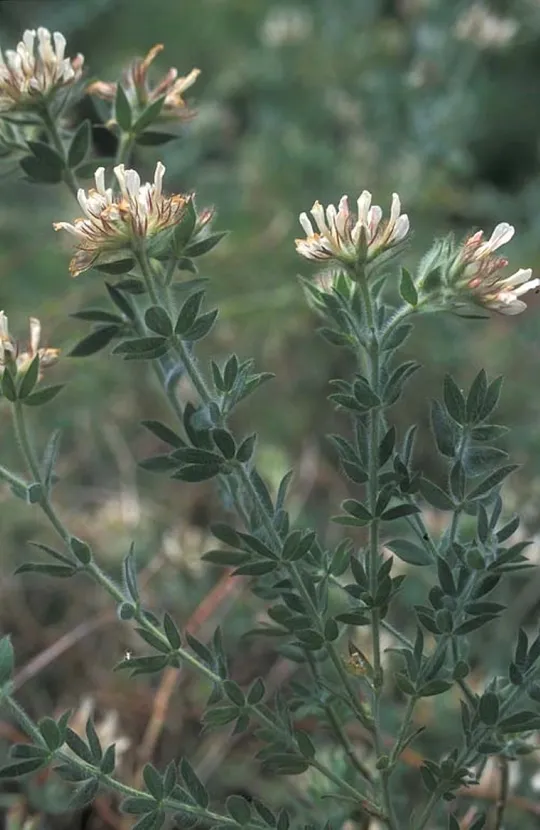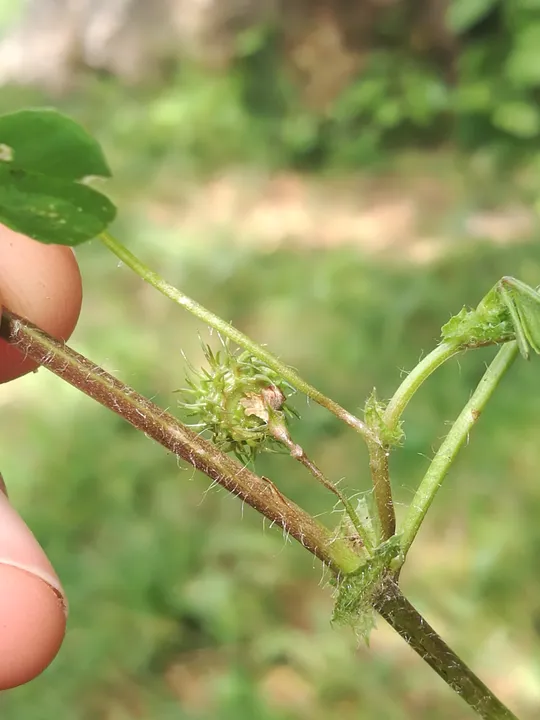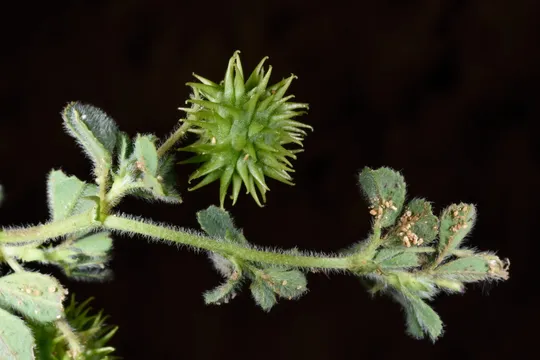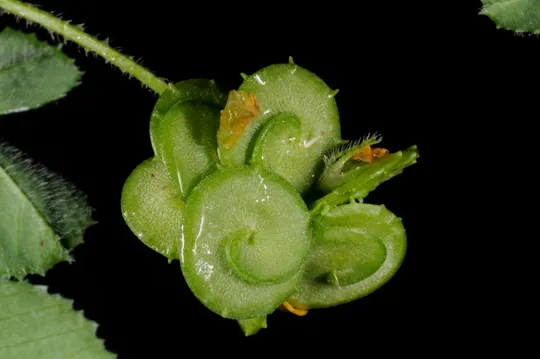Indian Rosewood, Sissoo Tree
Dalbergia sissoo
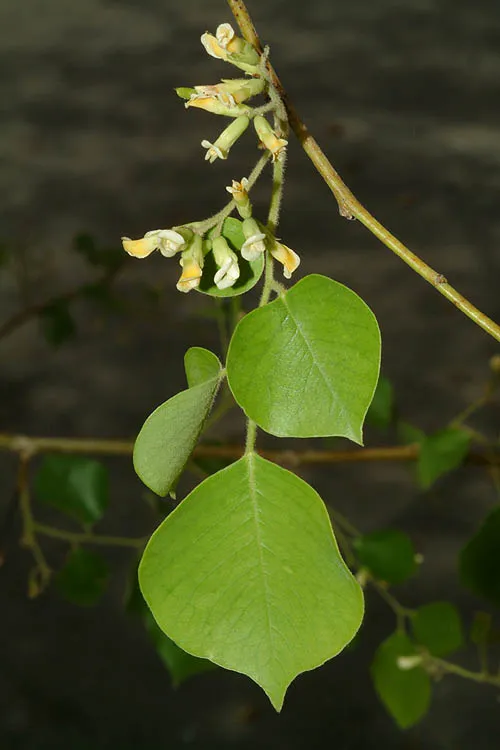
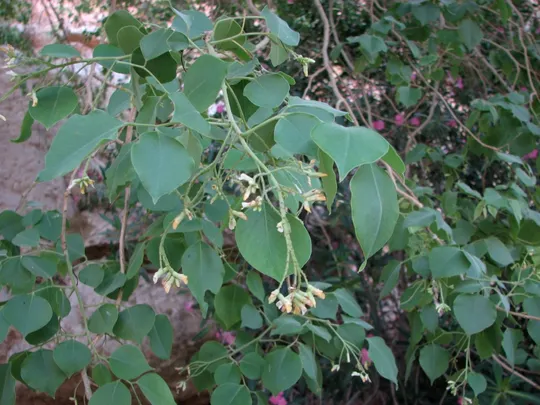
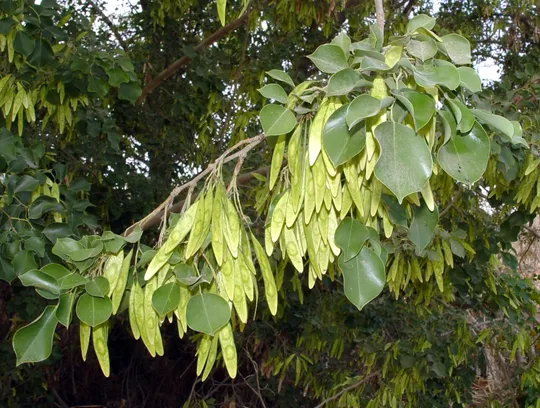
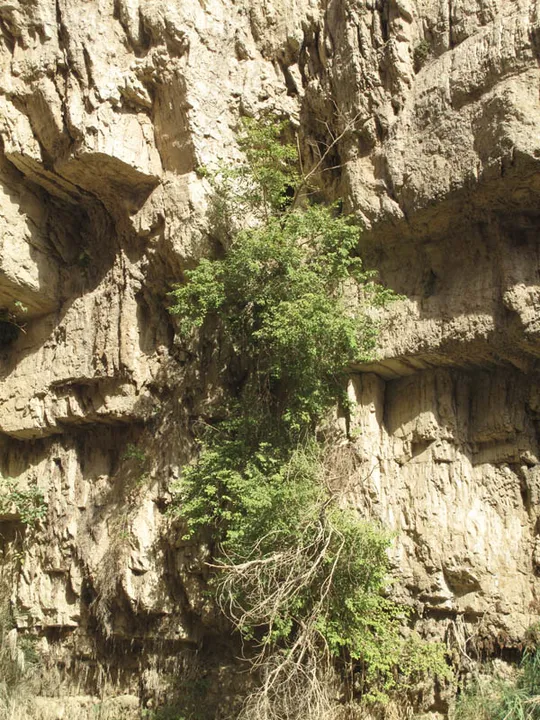
Dalbergia
sisso is a common
garden tree recommended for hot arid areas. The trunk of the tree is used for fuel
wood. The wood is also used for construction and for furniture as it does not crack
or wear out. In India it is used for building boats, wagon wheels, sculptures
and furniture and it is excellent for making charcoal. The bark is used in
India for medicinal purposes.
Dalbergia sisso is found in the
Dead Sea region, at a single site in the En Gedi oasis, where two trees, which are
presumably wild, grow. The trees are located on the Shulamit Waterfall cliff in
the David Stream. It is also a common ornamental tree in low areas of Israel
and seedlings often appear in populated localities and parks on the coastal
plain and in other valleys including the Dead Sea region. Feral populations are
known from Wadi Abtah in the Nitsanim Sands, and from near Moshav HaBonim on
the Carmel Coast. During the survey carried out at the Shulamit Waterfall cliff
in 1994, two concentrations of Dalbergia were found that probably
represent two different clones that developed from these two trees. One, on the
cliff north of the waterfall includes four individuals with separate trunks and
with connected roots. The second concentration includes four trunks and is
found in the cliff crevices about
D.
sisso does
not appear in the Flora Palaestina and is also not mentioned in Middle Eastern floras
published before 1960. It is mentioned in the Flora of Iraq (1974) as a
cultured and feral species that established itself in the desert regions of
Iraq over the last fifty years. The D. sisso specimen that
grows at the Shulamit Waterfall in En Gedi is known from early years of the
State of Israel, before the kibbutz was established, so it could be assumed
that it is a wild population. On the other hand, the fact that that feral tree
were found in various places in Israel, since it began being used as an
ornamental tree in the 1940s, raises doubts regarding its natural origin. The
discovery of wild populations in
the evidence that the En Gedi trees belong to a wild population. Nevertheless,
the possibility that D. sisso appeared in these wadis as a feral species cannot be
rejected (Paz & Belcher, 2010).
Stream beds in desert canyons, oases and humid habitats on
the coastal plain subject to anthropogenic disturbance.
Dalbergia
sissoo belongs to a tropical genus comprising about 100
species of trees, shrubs and climbing plants found in the tropical areas of the
Old and New World, including Australia. Different species in the genus are
known for their excellent wood and are used in the construction and manufacture
of boats, musical instruments, and luxury furniture and art objects.
The tiny Dalbergia sisso population of En
Gedi is the only known natural population growing in Israel. They may be a
threat of wildfires, but although the trees were completely burned in the great
fire at the En Gedi Nature Reserve, they were able to regenerate. D. sisso is common in Asia in the wild, as a species
used for afforestation and gardening and as a feral species. It is not globally
endangered.
The En Gedi
Nature Reserve should be protected from fires. Research should be conducted on
the genetic relationships between Dalbergia
sissoo
populations from the Middle East to India. The populations at En Gedi and Wadi Zered
in Jordan in particular, should be compared to the populations of India and
Southern Iran.
Dalbergia sisso is a wild tree form
the Himalaya region of India, from where it spread as an ornamental tree for
gardening and spontaneously as a feral tree from cultured populations, to other
Indian states and warm regions of Pakistan and Afghanistan. It does not grow
wild in Africa, unlike other Sudanian trees that grow in oases along the Dead
Sea Valley.
In the past seventy years, it was cultured in tropical
and subtropical countries in the world.
Dalbergia sisso is a subtropical tree
growing wild in Israel at a single site in the En Gedi springs, but a very
common n ornamental tree in gardens and along avenues. It also spreads as a feral
species from cultured populations in some areas. It is not globally endangered.
פז, ע. ובלכר, מ. 2010. נוף וטבע בנווה עין גדי. אריאל, 191: 4-63.
Current Occupancy Map
| 1000 squre meter pixel | 5000 squre meter pixel | 10000 squre meter pixel | |
|---|---|---|---|
| number of observations | 0 | 0 | 0 |
| in total pixels | 0 | 0 | 0 |
| Family | Fabaceae |
| Classification | On the endangered species list |
| Ecosystem | Desert |
| Chorotype | Sudanian (Decanian sub-area) |
| Conservation Site | David Stream at En Gedi |
| Rarity |
1
6
6
|
|---|---|
| Vulnerability |
0
2
4
|
| Attractiveness |
0
0
4
|
| Endemism |
0
0
4
|
| Red number |
1
4.7
10
|
| Peripherality | E |
| IUCN category | DD EW EX LC CR EN VU NT |
| Threat Definition according to the red book | Endangered |
 Based on:
Based on:
